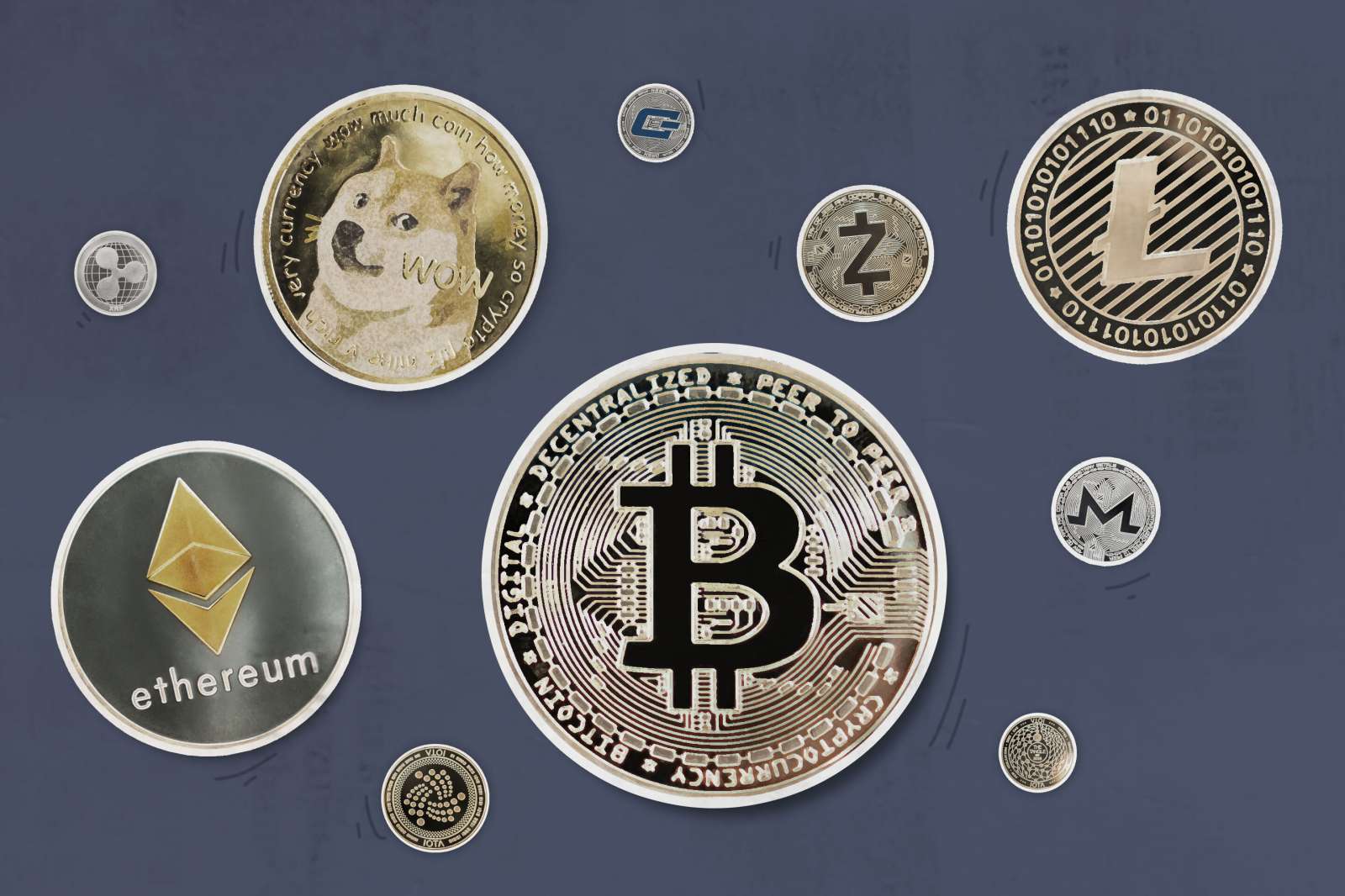What does L1 blockchain mean? This article will take you to understand the L1 blockchain
- 王林Original
- 2024-07-29 16:52:02750browse
L1 blockchain is the foundation of the blockchain ecosystem and is responsible for verifying transactions, storing data and maintaining network security. Its technical features include decentralization, immutability, consensus mechanism and smart contract support. L1 blockchain plays a vital role in transaction processing, data storage and network security, and its applications cover areas such as cryptocurrency, DeFi, NFT, supply chain management and games.

L1 Blockchain: The foundation of the decentralized field
What is L1 Blockchain?
L1 blockchain, the first layer blockchain, is the basic foundation that forms the blockchain ecosystem. It is built on the underlying protocol and is responsible for validating transactions, recording data and maintaining the security of the network. Common L1 blockchains include Bitcoin, Ethereum, and Solana.
Technical features of L1 blockchain
- Decentralization: L1 blockchain is maintained by a distributed computer network, and there is no single point of failure or centralized control mechanism.
- Immutability: Once transactions are added to the L1 blockchain, they cannot be changed or deleted.
- Consensus mechanism: L1 blockchain uses a consensus mechanism to reach a consensus on transaction records to ensure network security and data consistency.
- Smart Contracts: Some L1 blockchains (e.g. Ethereum) allow developers to create and deploy smart contracts on-chain, enabling automated business logic.
Role of L1 Blockchain
L1 Blockchain plays a vital role in the blockchain ecosystem:
- Transaction Processing: They verify and process transactions, providing users with secure and Efficient asset transfer.
- Data Storage: They store information about transactions, account balances and other network related data.
- Network Security: They implement the integrity and security of the network through consensus mechanisms and cryptography, protecting against hacker attacks and malicious activities.
Applications of L1 Blockchain
L1 Blockchain has a wide range of applications including:
- Cryptocurrencies: Bitcoin and Ethereum are popular cryptocurrencies built on L1 Blockchain.
- Decentralized Finance (DeFi): The L1 blockchain provides infrastructure for DeFi applications, allowing users to lend, trade, and manage digital assets.
- Non-Fungible Tokens (NFTs): The L1 blockchain is used to create and trade unique assets such as digital artwork and collectibles.
- Supply Chain Management: L1 blockchain can improve the traceability and transparency of the supply chain.
- Games: Game developers use the L1 blockchain to create decentralized games that allow users to own their own game assets and rewards.
The above is the detailed content of What does L1 blockchain mean? This article will take you to understand the L1 blockchain. For more information, please follow other related articles on the PHP Chinese website!

